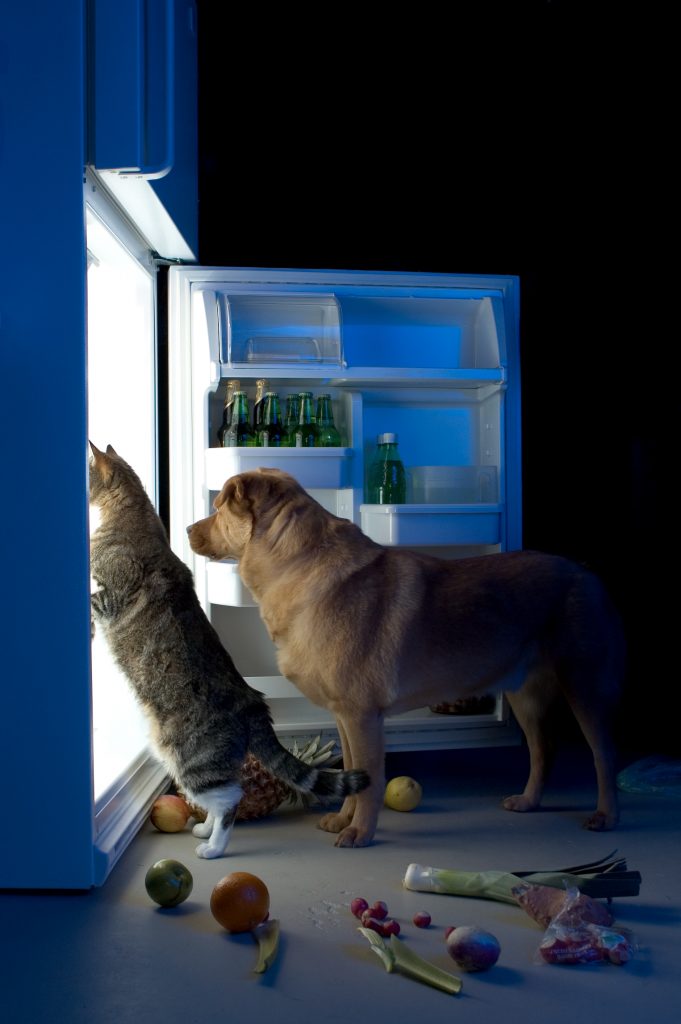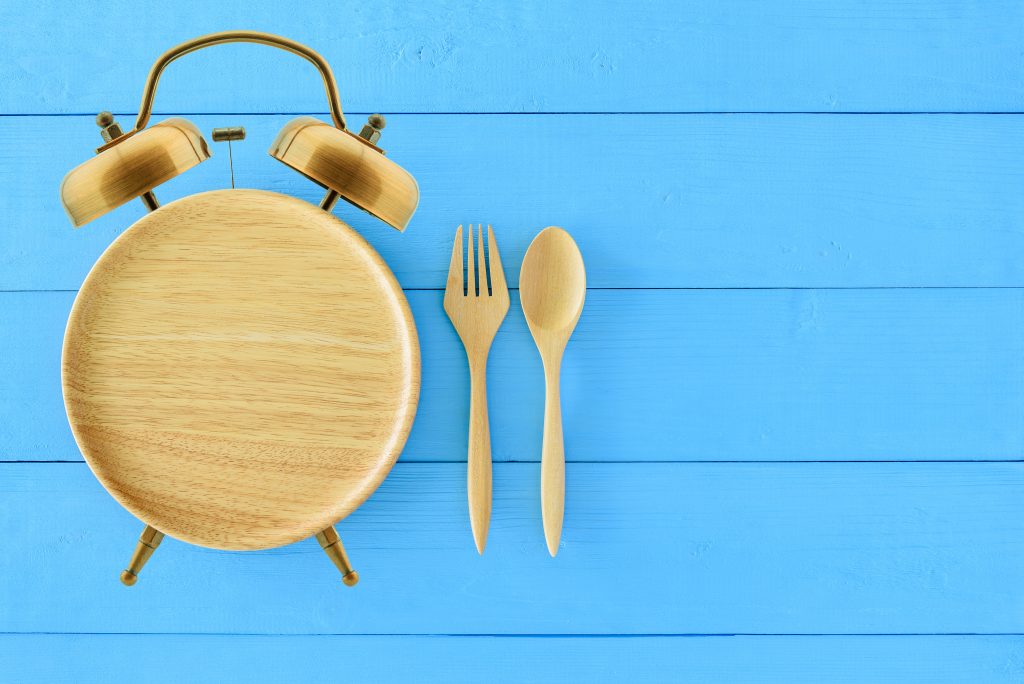Meal Planning Zero? I Think You Mean Hero!
It’s always the start of a new day and there are a lot of health experts touting the benefits of meal planning. Take the time to prep meals for the week, they say, and you’ll be more likely to eat healthy food, save time and money, and maybe even lower your stress level!
All of that’s true—I promise!—but I also know that meal planning (and prepping) can be a nightmare when you first start. Getting into any new routine is hard, but meal planning adds on layers of coordination and follow-through that can be absolutely overwhelming, especially if planning isn’t your strong suit.
7 Tips to Make Meal Planning Not Terrible
Okay, that header might be a bit of an overstatement. Meal planning is awesome—once you get the hang of it. The problem is that there’s a lot of moving parts, and that can be frustrating if the practice doesn’t live up to the hype.
When I first started prepping meals for the week, I sometimes wasted more food than when I only planned maybe a day or two in advance. Seriously, I felt like I was never going to get it right. But over time I hit on a couple of tricks that fit my life and my thinking and made the process a ton easier.
1. Make a Master Meal List
I’m going to come right out and say that this tip might not be for everyone. Some people love a good list, but others do not need another step in the planning process. That said, I’ve found that a master list of things I like to eat and know how to make is a good place to start.
The benefit here is that the list makes picking meals for the week just a little bit easier. I’ve got them right in front of me so I’m not just rummaging through my (rather cluttered) memory to figure out what I want to eat. By no means does this list limit my options either; it just puts some of my faves in front of me to make life simpler.
2. Review What You Have on Hand
I like to go through my fridge and pantry before I start meal planning. First, it helps me figure out if I’m running low on any basics (e.g., spices, pasta, beans), and it can also spark meal ideas for when I actually start writing out my plan. But maybe the biggest plus here is that I now have a good idea of what’s in my cupboards most of the time.
It can be easy to get swept up in new recipes and fancy ingredients if you love cooking, but that often means you end up forgetting that you have, say, saffron in your spice rack. Then when you need it again, you buy another bottle. Even if you don’t love cooking (*cough, cough…um, me), buying double is pretty easy to do. A quick review minimizes waste and saves you money.
3. Keep Your Plan in One Place
Technology is your friend when it comes to meal planning. There are literally hundreds of meal planning apps that automate any number of tasks, such as generating shopping lists, keeping your recipes in one place, and tracking your nutrition goals. You can check out two of my favorites on my shopping page.
Apps aren’t your style? Maybe try the voice recorder on your phone. (Idk, does that count as an app? Whatever—if it works, it works!) At the very least you can use it to record your shopping list. Or maybe just go low tech. Get a binder with dividers, fill it with paper, and go!
Me? I definitely go old school by using a journal to organize my week. Each day gets a page. On one side I list the day and notes about what’s going on, such as how many kids I’m feeding, and the meal I plan to make. The other side becomes my grocery list. That works consistently for me, and it might work for you. The point is you may have to try a couple of methods until you find the one that fits.

4. Get in a Rhythm
Probably the hardest part of starting a new habit—other than, you know, starting—is making it part of your life. This is especially tough when the glow of “I’m changing my life!” wears off, and you’re slogging through a regular day. I’ve found that setting a schedule is a good way to get past the inertia that can set in. For example, you might try:
- Designating days for specific tasks: Set aside a day for combing through recipes, another for organizing meals, and a third for actually list-making and shopping. By the way, if you can pick a day for shopping other than the weekend, or maybe go before 9 am or after 7 pm, you can avoid crowds and get through your list much faster.
- Prepping ASAP: This is definitely a hard one for me. Once I get home from the grocery store and put everything away, all I want to do is veg out (pun intended). But if I wash the fruit and shred cheese right away, I make the rest of my week much easier.
- Setting up theme nights: I’m a HUGE fan of Taco Tuesday, Meatless Monday, Fish on Friday. Not only does it minimize the amount of thought you have to put into any given day’s dishes, but it might inspire some creativity once you get the hang of things.
I know, I know—experimenting can be just as frustrating as it is rewarding. You have to sort through what works for you and your lifestyle and what doesn’t. And what worked before may not work now or in the future depending on the season in your life. Just remember, you don’t have to be perfect. You don’t have to get it right away. At some point, something will click and you’ll be on your way.
5. Freeze the Basics
Did you know you can freeze eggs? (The kind you eat, not the other kind. I mean, you can do that, too, but that would be a very different blog post.) You can also freeze chocolate, cooked beans, cheese, bananas…there’s a whole list of useful staples you can freeze for later. Same goes for meals: chili, baked ziti (YUM), stuffed cabbage.
Long story short: make use of your fridge. If you’re making a big pot of soup, make a double batch. As long as you’re prepping veggies for the week, throw a couple in the freezer so you have them on hand when you need them.
6. Don’t Be Afraid of Carryout
I was actually going to add this as a theme night, but it’s worthy of its own section. One of the main goals of meal planning is to make your life easier, and there’s little that makes preparing meals easier than having someone else do it. Moreover, ordering from a local restaurant on a regular basis is one way to be a good neighbor while we work our way through the pandemic.
Before you call the restaurant, make sure to check the menu. Look for meals that fit your goals and consider putting half of your order in the fridge before you start eating.
7. Plan for Leftovers
As long as we’re talking about saving half your take-out order, let’s talk about leftovers in general. I’m sure it’s super obvious to most people, but when I started meal planning I actually planned every single meal every single week. I mean…that seems like the idea, but man, it was a lot of work. And I ended up throwing out food most weeks.
So, yeah, duh…leftovers. And I know there are a lot of sample plans with creative tips for making leftovers new, but honestly, that’s too much planning for me. Do I have to figure out a way to make a roast into three new meals? If that’s your thing, great. But for me, there’s nothing wrong with cold pizza for breakfast or heating up last night’s chicken for tonight’s dinner.
Can you tell I love this stuff? I really do. Meal planning has made a big difference in my ability to eat healthy, and while it did take some time to get the hang of it (like, seriously, five years), the final result has been amazing.
Wishing you all the best in health,









